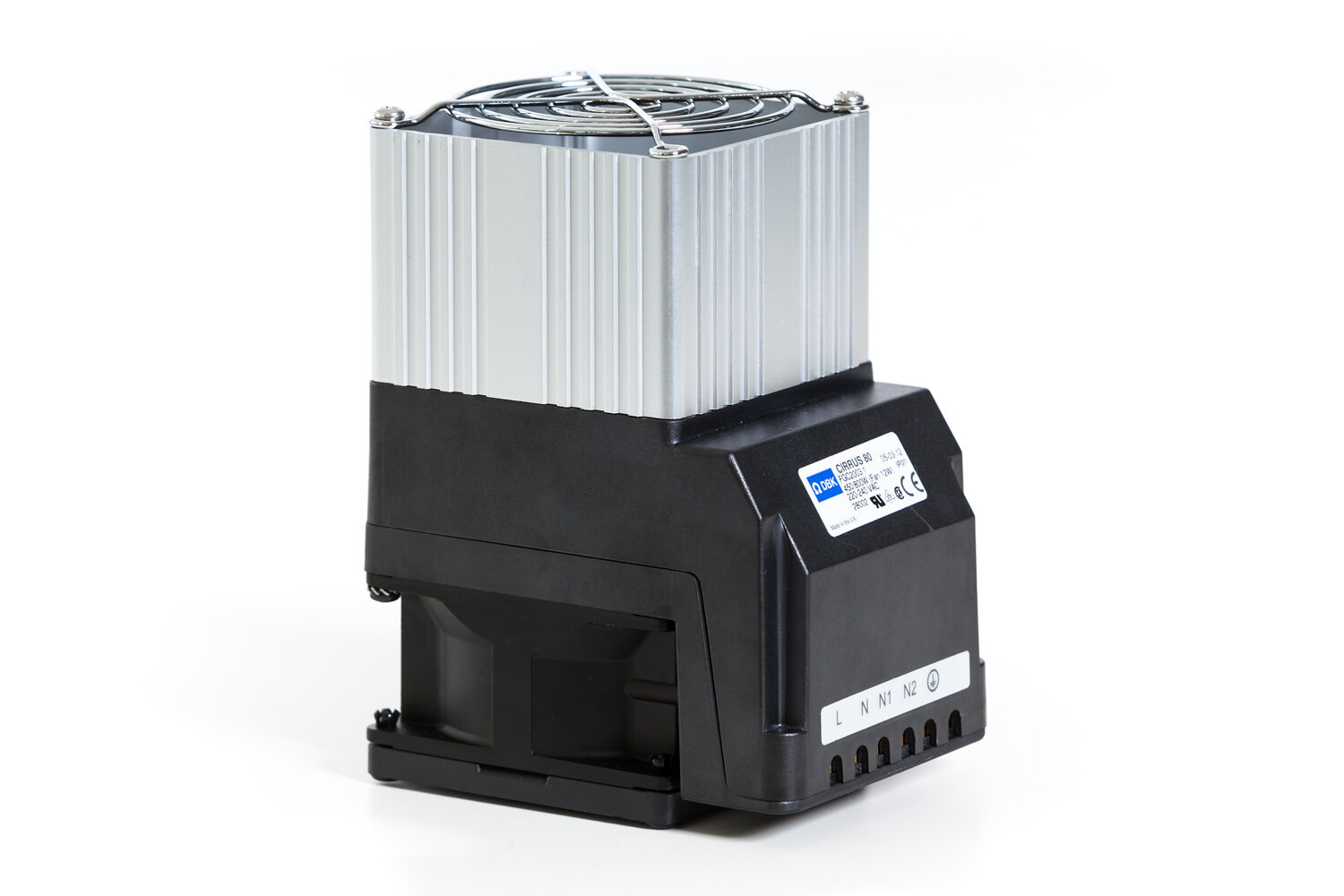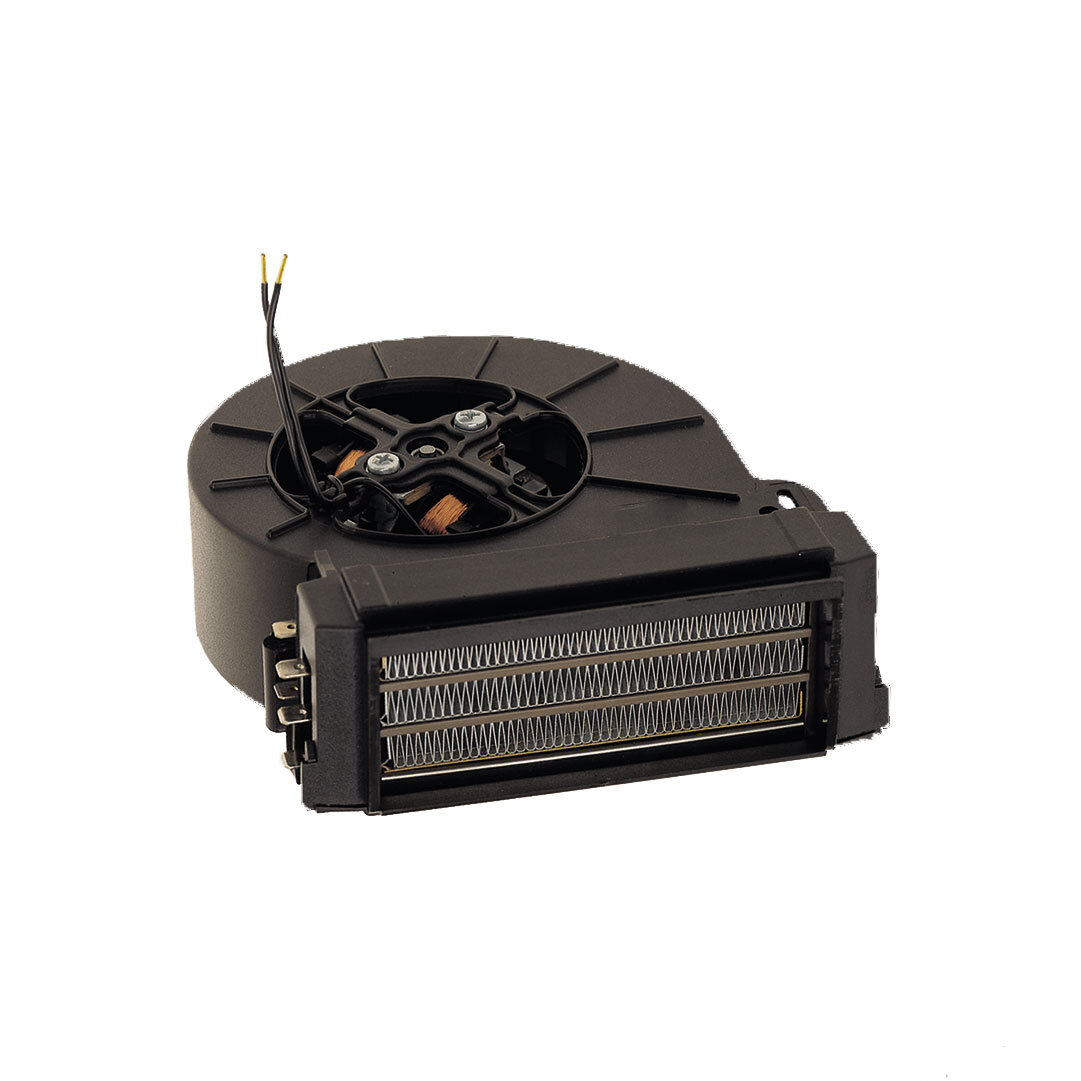What is the difference between a PTC Fan Heater and a PTC Radial Fan Heater?
They mainly differ in their design and the available power levels. Cirrus Fan Heaters use an axial fan and can be directly installed into customer housings. LA09 Fan Heaters use a radial fan and require an additional housing for mounting. Further technical information can be found on the product pages.
How can I control the output of a PTC Fan Heater?
The power of a PTC Fan Heater cannot be regulated by changing the voltage. However, it is possible to adjust the power using a classic 2-point control or PWM control. Please note that the fan speed will not be reduced. The power can also be adjusted - if available - by wiring different power levels.
Are PTC fan heaters suitable for operation in wide voltage ranges?
No. PTC Fan Heaters can only be operated with the supply voltage specified on the type plate.
Can I operate fan and heater separately? If yes, what must be considered?
Yes, the fan and heating element can be operated separately. This enables recirculation operation for cooling. However, it must be noted that the heating element must not be operated without the fan.
Is it possible to operate PTC Fan Heaters without an additional temperature fuse?
Due to the PTC effect, there is no need for a thermal fuse in most cases. However, an additional thermal fuse or limiter may be necessary in applications where the permissible temperatures are below the PTC self-limiting temperature.
Which factors must be considered when connecting a PTC Fan Heater?
The connection must be installed according to the type plate. The heating element may only be operated in combination with the fan.
What are typical applications of PTC Fan Heaters?
PTC Fan Heaters are suitable for temperature control, frost prevention and protection against moisture in housings of all kinds, such as in control cabinets, ATMs, ticket machines, parking ticket machines, access systems, fuel pumps, energy ports, building security systems, building management systems, landscaping systems, and much more.




